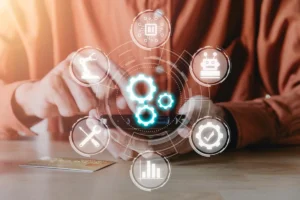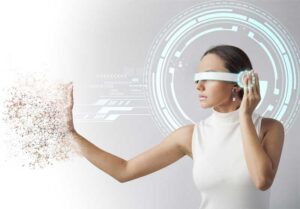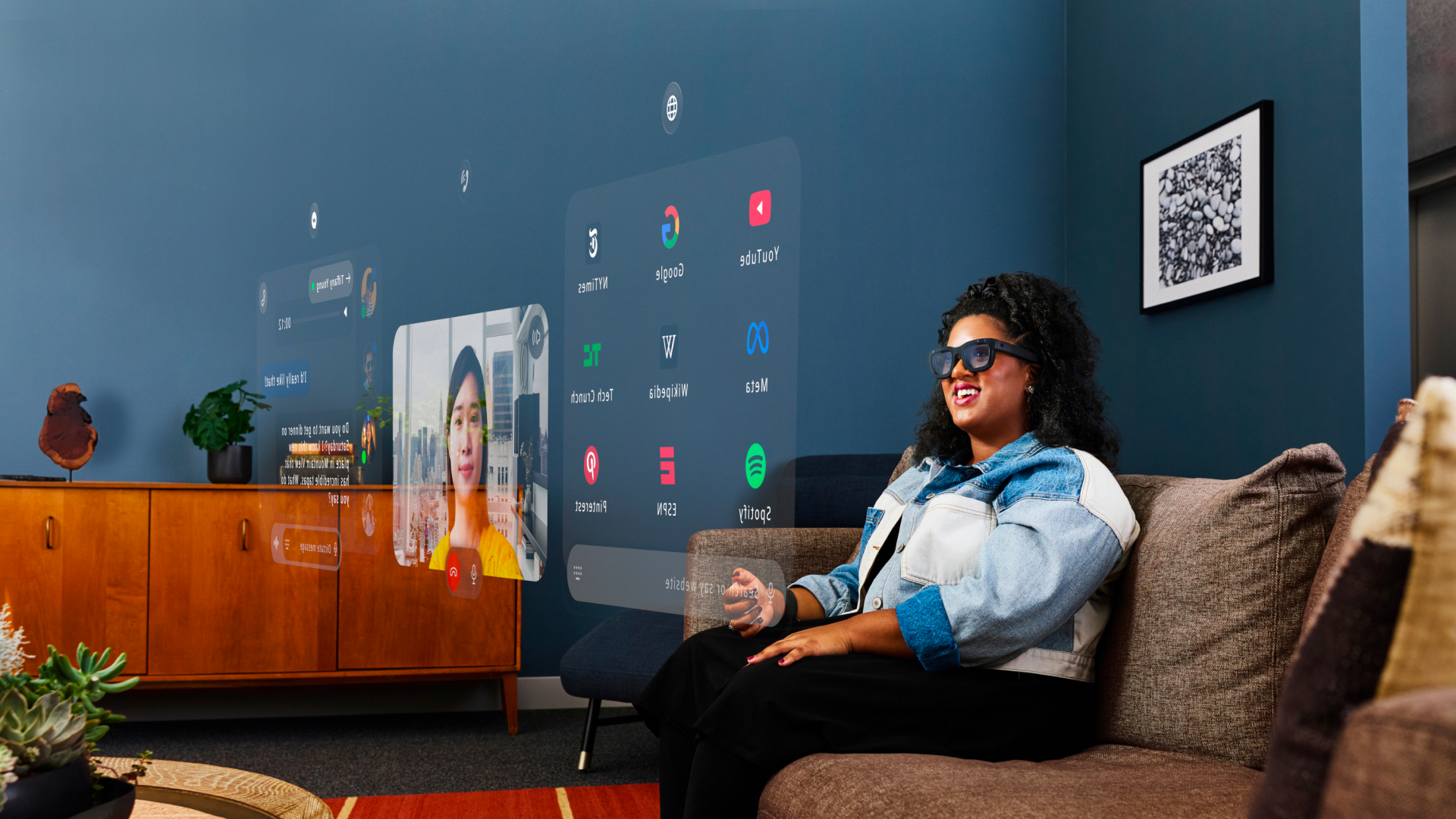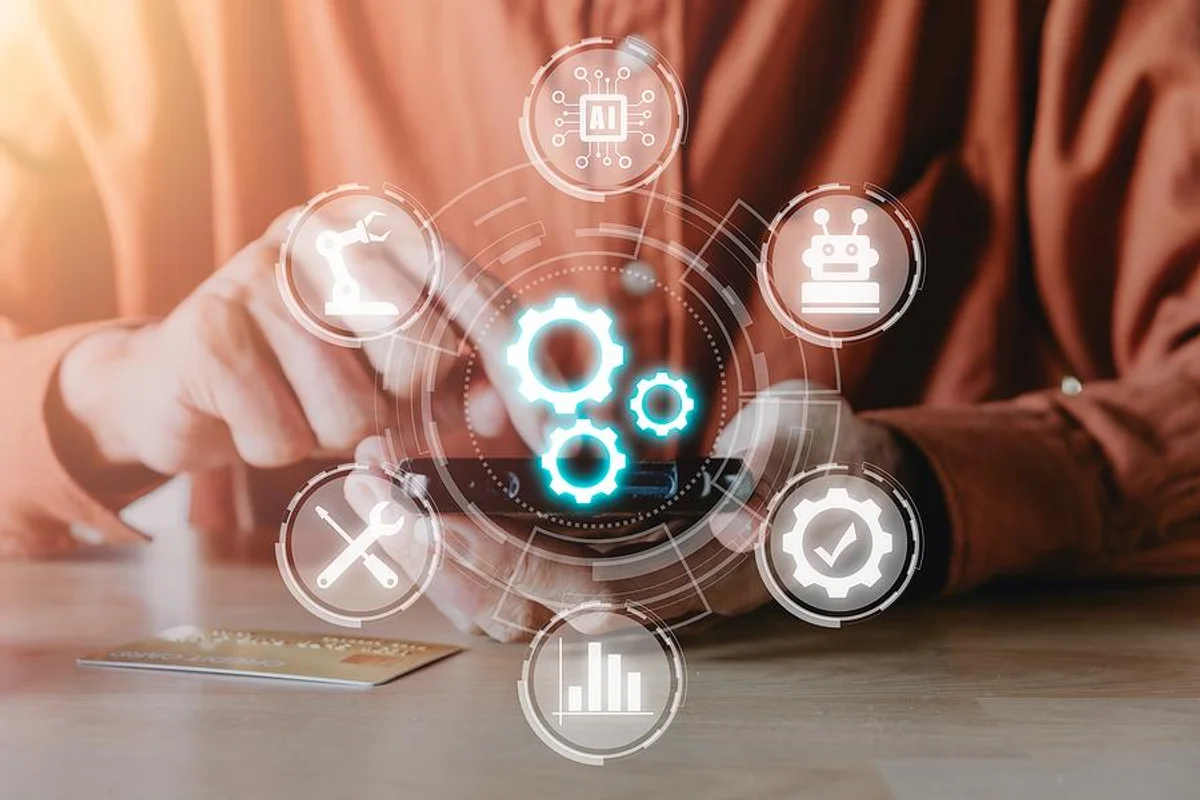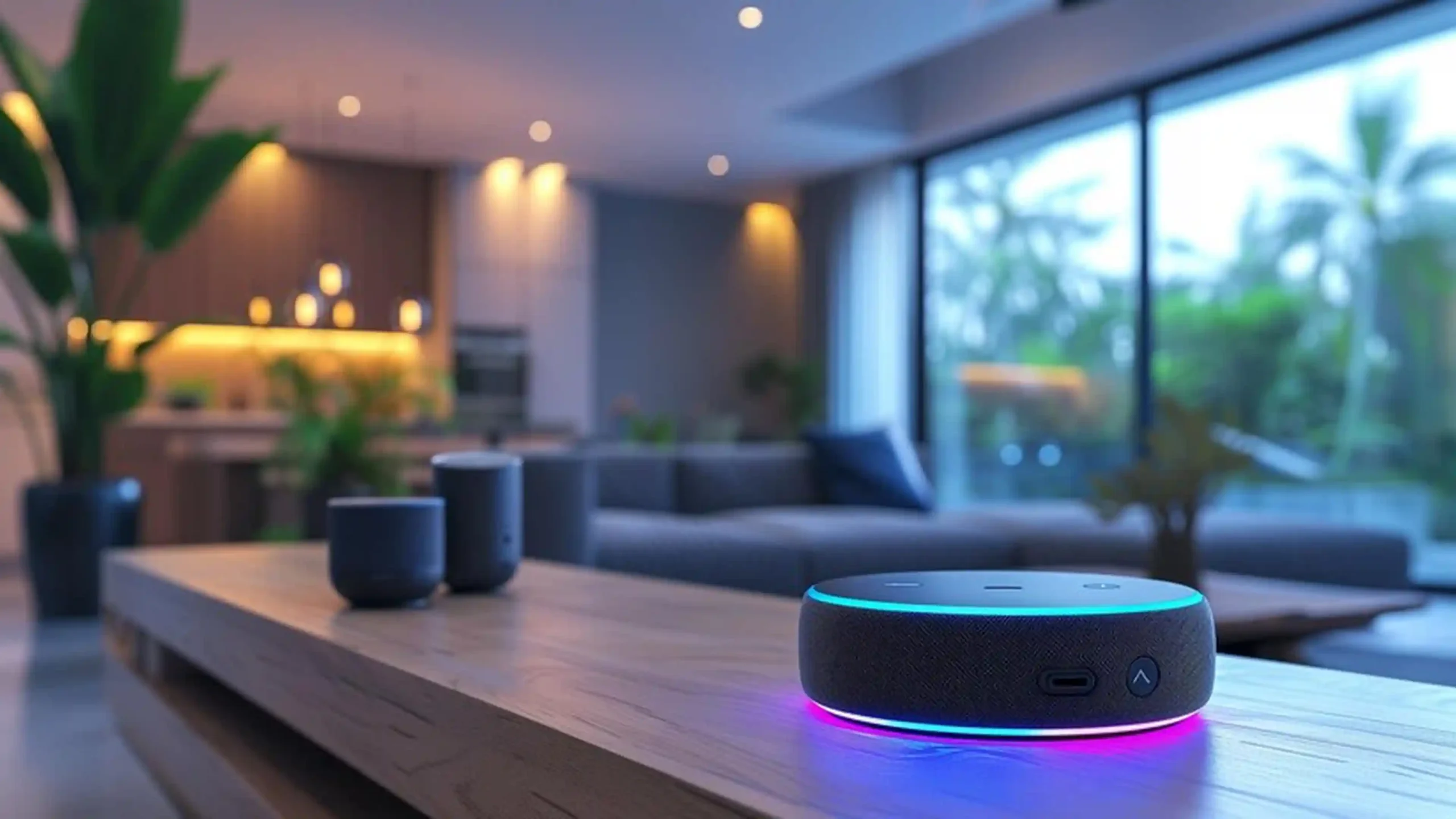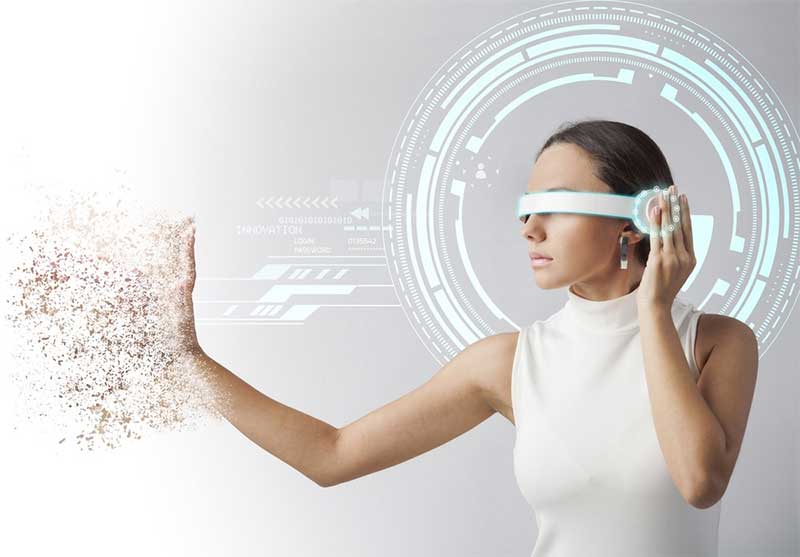The internet has come a long way since its inception. From the static pages of Web 1.0 to the interactive social web of Web 2.0, we’ve seen incredible transformations. Now, as we navigate the complex landscape of AI, virtual reality, and the Internet of Things (IoT), a new paradigm is emerging: Web 4.0. But what exactly is Web 4.0, and how will it shape our future?
This isn’t just another buzzword. Web 4.0 represents a fundamental shift in how we interact with technology and each other. It’s about creating an intelligent, interconnected, and seamless digital environment that anticipates our needs and acts on our behalf. Think of it as a personal assistant that lives in the cloud, constantly learning and adapting to your preferences, making your life easier and more efficient.
The transition from Web 3.0 to Web 4.0 is driven by advancements in several key areas. The rise of machine learning and natural language processing allows systems to understand and process information in a more human-like way. The proliferation of IoT devices means our homes, cars, and even our clothes can be connected to the internet, creating a massive network of data. And the development of immersive technologies like augmented reality (AR) and virtual reality (VR) is blurring the lines between the physical and digital worlds.
Web 4.0 is a concept that is still taking shape, but the groundwork is being laid today. We’re seeing elements of it in the smart assistants that manage our calendars, the personalized recommendations from our favorite streaming services, and the self-driving cars that are beginning to hit the roads. As these technologies mature and converge, we’ll see a truly revolutionary digital landscape unfold.
Web 4.0 vs Web 3.0: Exploring the Next Evolution of the Internet
To truly appreciate what Web 4.0 promises, it’s helpful to look back at where we’ve been.
- Web 1.0 (The Read-Only Web): The early days of the internet were all about static content. Websites functioned mostly as static digital brochures, offering minimal interactivity. Think of simple HTML pages and early search engines. This was the era of dial-up modems and Geocities.
- Web 2.0 (The Social Web): This phase brought a major shift toward user-generated content and interactive social platforms. Think of platforms like Facebook, YouTube, and Wikipedia. The focus was on collaboration, sharing, and community. This is the internet most of us know and use today.
- Web 3.0 (The Semantic Web): The current phase of the internet, Web 3.0, is about making data more structured and machine-readable. It’s about enabling computers to understand the meaning of information, not just the keywords. This has led to more personalized search results, smarter recommendations, and the rise of decentralized technologies like blockchain.
Web 4.0 takes this a step further. While Web 3.0 focuses on making data intelligent, Web 4.0 is about making the entire internet intelligent, responsive, and seamlessly integrated into our daily lives.
How Will Web 4.0 Change Our Daily Lives? The Next Internet Evolution
The practical implications of Web 4.0 are far-reaching. Imagine a world where your refrigerator automatically orders groceries when you run low, or where your car knows to take a different route to avoid traffic without you having to ask. This isn’t science fiction; it’s the reality Web 4.0 is building.
One of the most significant changes will be in how we interact with information. Instead of searching for answers, we’ll be presented with them. A Web 4.0 system could analyze your digital footprint—your calendar, your emails, your social media activity—to provide highly personalized and relevant information exactly when you need it.
Let’s look at some specific examples:
- Personalized Healthcare: Imagine a health app that monitors your vital signs through a wearable device, analyzes your diet and exercise habits, and provides real-time recommendations to improve your well-being. It could even schedule a doctor’s appointment if it detects a potential issue.
- Smart Homes: Your home could become a truly intelligent ecosystem. The lights could adjust to your mood, the temperature could optimize for energy efficiency based on who is home, and your security system could learn to distinguish between family members and intruders.
- Education: Students could have a personalized AI tutor that adapts its teaching style to their individual learning pace and preferences. The tutor could suggest specific resources, provide interactive simulations, and track progress in real-time.
For a more comprehensive look at the technologies driving this change, you might find this article on the deepdiveinsight.com/ insightful. The transition to Web 4.0 is underpinned by these technological advancements.
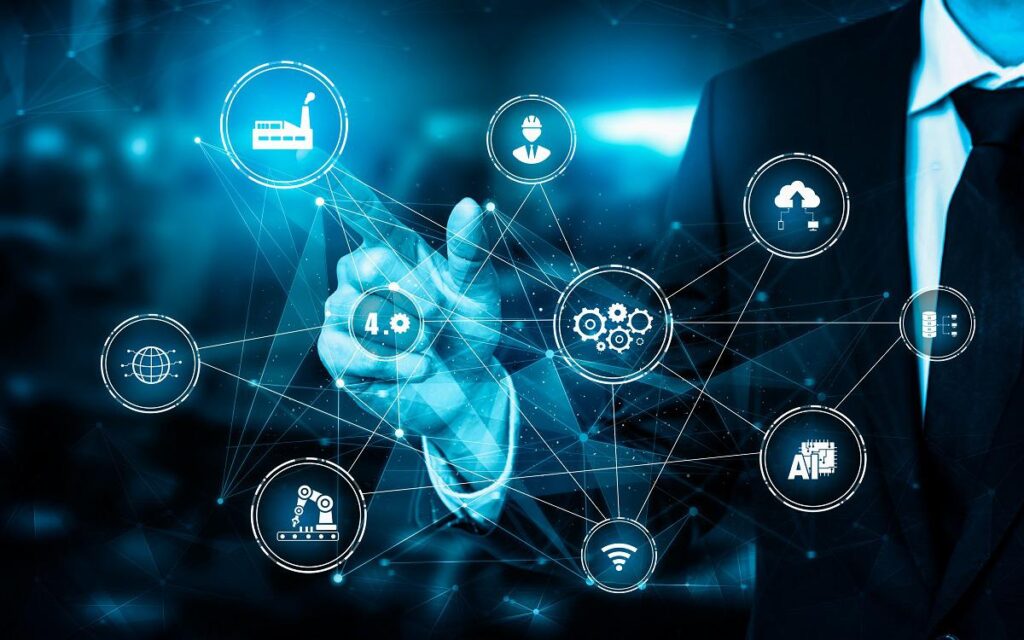
Essential Web 4.0 Technologies: What Role Does AI Play?
Artificial intelligence is not just a component of Web 4.0; it’s the central nervous system. AI will be the engine that powers the intelligent and responsive nature of the next internet. From natural language processing that allows us to communicate with machines more naturally to machine learning algorithms that personalize our experiences, AI is the key to unlocking the full potential of Web 4.0.
In fact, some experts argue that Web 4.0 could be described as the “symbiotic web,” where humans and machines work together in a seamless, collaborative fashion. This future will require robust ethical frameworks and a new level of data privacy, as these intelligent systems will have access to an unprecedented amount of personal information. It’s a delicate balance between convenience and privacy that will need to be carefully managed.
For a deeper dive into the ethical considerations of AI, this report from The Pew Research Center offers some excellent insights.
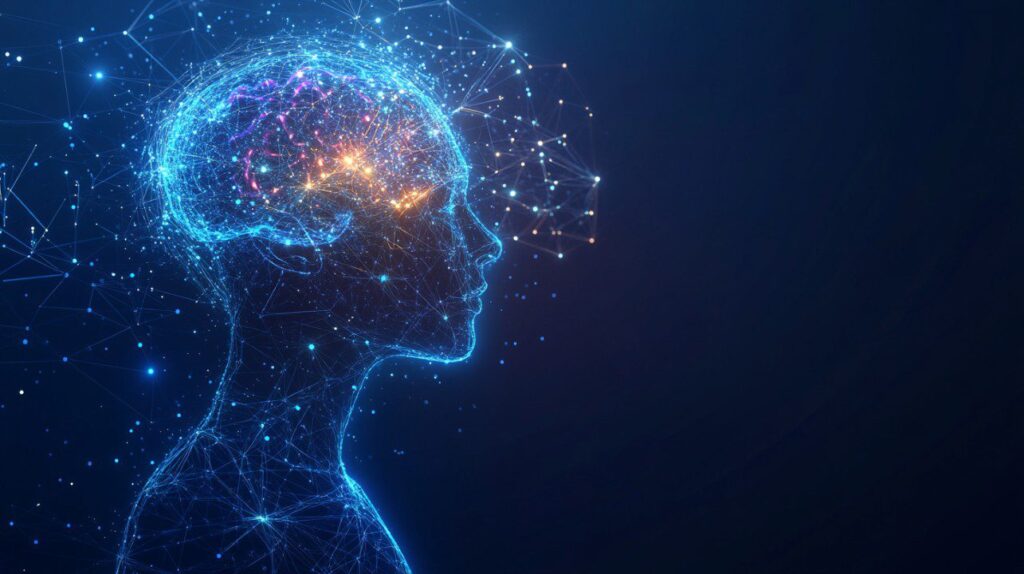
Navigating the New Digital Frontier: Challenges and Opportunities
The arrival of Web 4.0 brings with it a host of new challenges and opportunities. On one hand, the increased efficiency and personalization will be transformative. On the other hand, we’ll need to address potential issues like data security, algorithmic bias, and the digital divide.
As we move forward, businesses and individuals will need to adapt. For businesses, Web 4.0 presents a chance to create more personalized and effective customer experiences. For individuals, it will mean embracing new technologies while remaining vigilant about data privacy and digital literacy.
Exclusive Deals and Coupons for Emerging Tech
As the world of Web 4.0 begins to take shape, staying ahead of the curve with new technology can be expensive. From smart home gadgets to VR headsets, the latest innovations come at a cost. That’s why we’ve partnered with some of the leading tech providers to bring you exclusive deals. Be sure to check out our dedicated coupons site at [coupons.deepdiveinsight.com] for discounts on the latest Web 4.0-ready devices and software. We update our deals weekly, so you’ll always have access to the best prices.
Conclusion: The Future is Here, and It’s Intelligent
Web 4.0 is not a distant future—it’s an evolution that’s already underway. It’s the convergence of AI, IoT, and immersive technologies to create a web that is truly intelligent, intuitive, and seamlessly integrated into our lives. While there are challenges to address, the opportunities for innovation and positive change are immense. As we continue to build this new digital frontier, one thing is certain: the next internet evolution is here, and it promises to be more powerful and transformative than anything we’ve seen before.
Frequently Asked Questions about Web 4.0
What distinguishes Web 3.0 from Web 4.0?
Web 3.0 focuses on a decentralized and semantic web, while Web 4.0 takes this further by integrating AI to create an intelligent and symbiotic web that anticipates user needs.
Is Web 4.0 already here?
Elements of Web 4.0, such as AI-driven recommendations and smart devices, are already present, but the full vision of a truly intelligent and symbiotic web is still emerging.
What technologies are essential for Web 4.0?
Key technologies include artificial intelligence (AI), machine learning, the Internet of Things (IoT), and immersive technologies like augmented and virtual reality (AR/VR).
How will Web 4.0 affect data privacy?
With increased data collection and analysis, data privacy will become even more critical. New ethical frameworks and robust security measures will be essential to protect user information.


